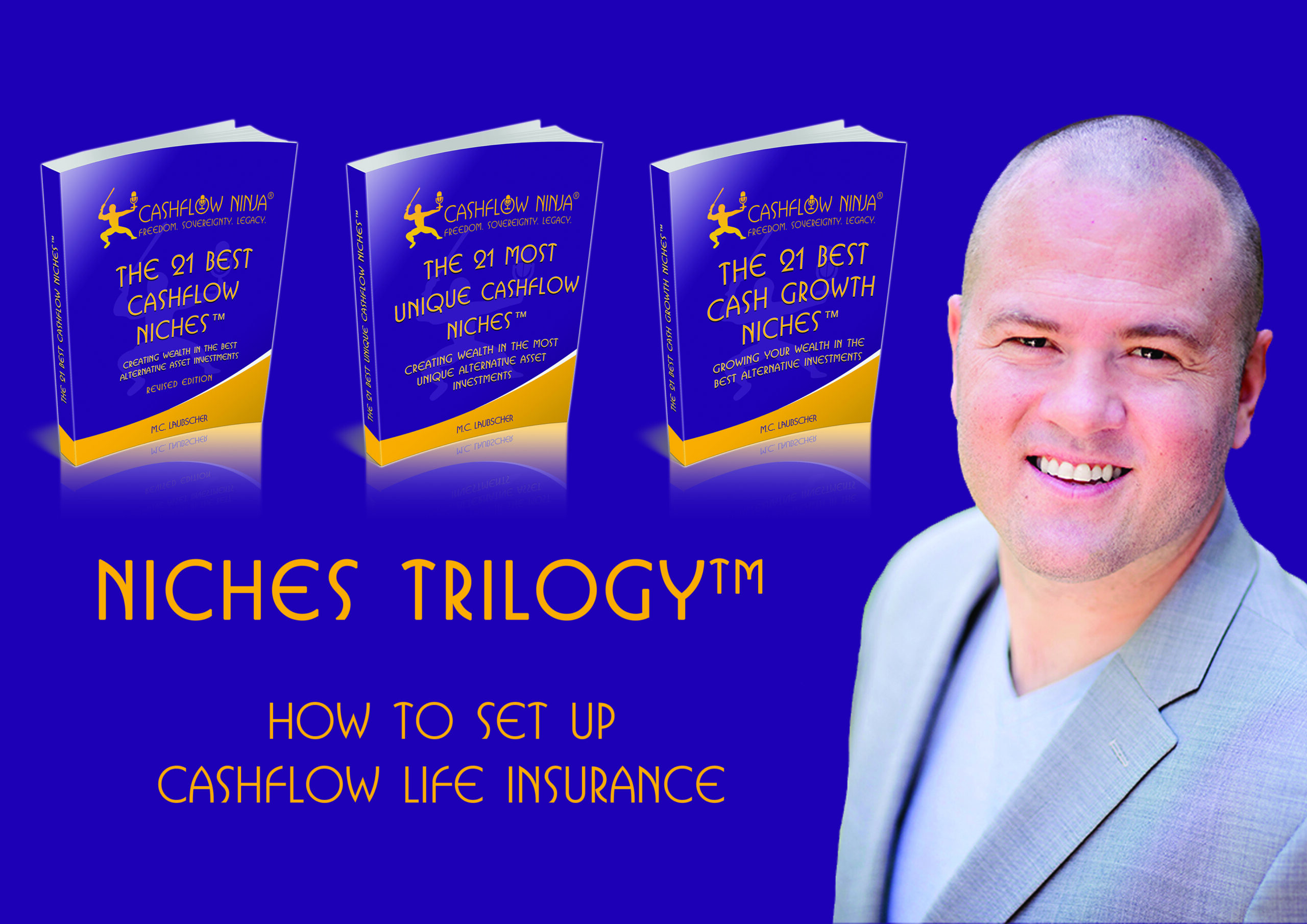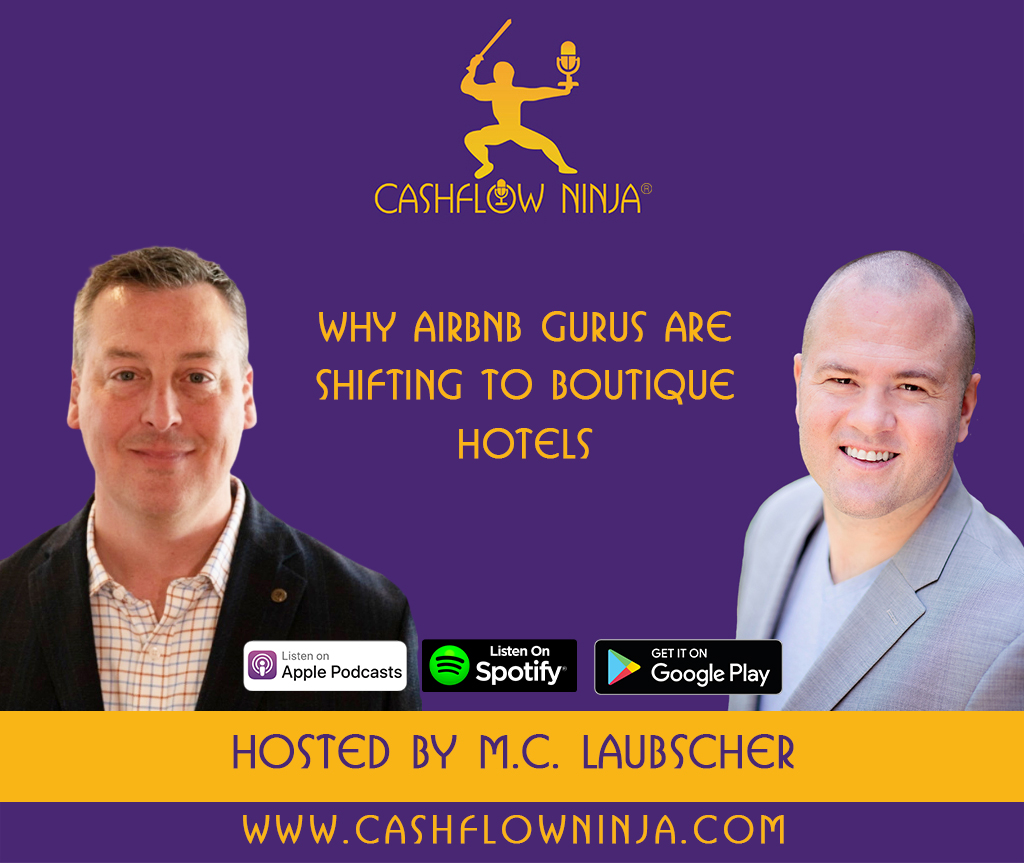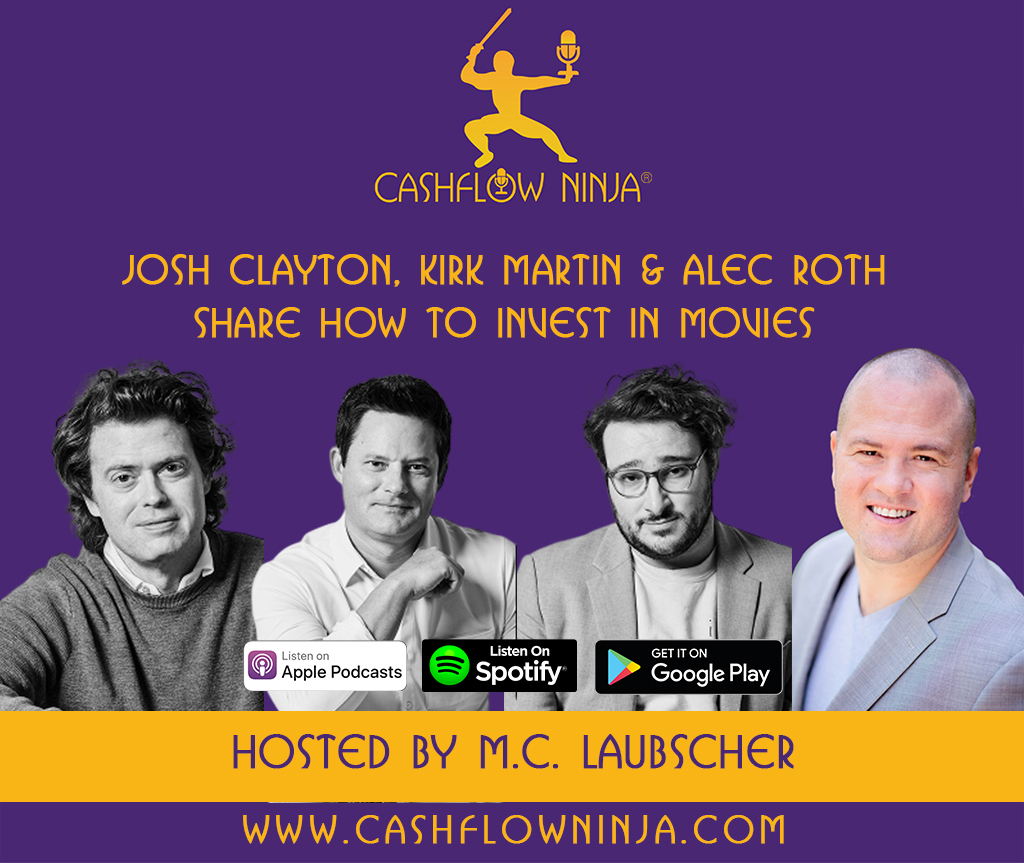
Cashflow Life Insurance, used as part of the Infinite Banking Concept strategy, is the foundation of my wealth strategy.
It is included in this book as a bonus niche because Cashflow Life Insurance is not an investment niche; it is a savings vehicle.
The Vehicle
Cashflow Life Insurance is a dividend-paying whole life insurance policy with a mutual life insurance carrier structured specifically for early high cash value.
Tom Wheelwright, a Rich Dad advisor and author of Tax-Free Wealth, has shared, “If you want to turn an expense into an asset, convert term into whole life insurance.”
The life insurance is structured so that 70% or more of the premiums paid go straight towards cash value, which is the savings component of the life insurance policy. 70% of the premiums you pay into a whole life policy builds up as cash value, growing tax-free, which allows for more efficient accumulation over time.
The capital you put into the policy is guaranteed. The growth of the capital is also guaranteed.
Then, we have the dividend earnings. As a mutual insurance company policyholder, you may receive dividends, typically a share of the company’s profits. These dividends can be rolled into the policy’s cash value to accelerate the policy’s growth.
The growth on the capital and dividends received are tax-free. This policy becomes your capital warehouse house where you accumulate capital.
It is important to note that the policy is not correlated to any stock market indexes. Regardless of what happens in the economy and equity and bond markets, your capital never decreases in value.
During the 2008 Great Financial Crisis, I received 6.34% in a dividend from my mutual insurance carrier in my policy, and the value of my policy did not go down in value; it continued to grow tax-free.
Cashflow Life Insurance also has a death benefit paid to beneficiaries, usually exempt from income tax.
Banks, Corporations & Family Offices Love Cashflow Life Insurance
Banks use these policies in a variety of ways, such as warehousing Tier 1 Capital (the core capital of a bank used to measure its financial strength), meeting regulatory requirements (as these policies are considered a stable and reliable form of capital), and optimizing their balance sheets (as the cash value of these policies can enhance financial ratios).
Similarly, corporations, family offices, and affluent individuals find these policies useful for estate planning (providing tax-efficient death benefits to heirs), ensuring business continuity (often using it for critical person insurance or to fund buy-sell agreements), protecting assets (in some jurisdictions, the cash value of life insurance is protected from creditors), and accumulating wealth (offering a conservative complement to more aggressive investment strategies).
What’s even more impressive about these policies is their historical performance. Mutual life insurance carriers have been profitable for over a century, showing their appeal in times of economic uncertainty or fluctuating markets.
Using Cashflow Life Insurance For The Infinite Banking Concept Strategy
Cashflow Life Insurance is the vehicle, and it needs to be structured correctly by a practitioner who understands policy design. Infinite Banking is how we utilize Cashflow Life Insurance to create our banking system.
Infinite Banking transforms your whole life insurance policy into a personal banking system, enabling you to finance purchases while simultaneously growing your wealth.
One of the critical elements of this strategy is the liquidity it affords through policy loans. You can take out loans against your policy’s cash value – and the best part is there’s no credit check or loan application process. Even when a loan is outstanding, your cash value continues to earn interest and potentially dividends.
Loans taken against your policy’s cash value are tax-free.
Using Cashflow Life Insurance with the Infinite Banking Concept strategy allows your capital to work in two places simultaneously.
The capital in your policy is growing uninterrupted at approximately 3-4% tax-free, and then you use the capital as collateral for a policy loan to invest in an alternative asset class and niches like, for example, real estate, where you are generating cashflow and returns of approximately 15-20%.
What sets the “Infinite Banking” concept apart is the control and flexibility it offers. It empowers individuals to become their financiers, using their policy for various financial needs such as purchasing real estate. Plus, policy loans don’t have a set repayment schedule, offering the flexibility to repay on your terms.
In terms of growth, this strategy provides stability and predictability. The cash value has a guaranteed growth rate independent of stock market fluctuations, making it a reliable component in a diversified portfolio.
As part of long-term financial planning, a whole-life policy can supplement retirement income tax-free through policy loans or withdrawals. Additionally, it offers a tax-efficient way to transfer wealth to the next generation.
The asset protection value of such policies is also worth noting. In many jurisdictions, the cash value of life insurance and death benefits are protected from creditors.
And unlike retirement accounts like IRAs or 401(k)s, a whole-life policy has no annual contribution limits. Also, a whole-life policy provides a death benefit that covers your entire lifespan, offering peace of mind that your beneficiaries will be financially supported.
Positives & Negatives Of Cashflow Life Insurance
Positives:
Lifetime Insurance Coverage: Provides permanent life insurance coverage, ensuring beneficiaries are financially protected.
Guaranteed Cash Value Accumulation: Your capital is guaranteed and contractually guaranteed to grow.
Dividend Payments: Policies with mutual companies can earn dividends, potentially increasing the value or reducing premiums.
Tax Advantages: The growth of the cash value is tax-free. Dividends are tax-free. Loans taken against the cash value are generally tax-free. Death benefits are usually tax-free to beneficiaries.
Financial Flexibility and Control: Policyholders can borrow against the cash value for various needs without the restrictions or requirements of traditional loans.
Capital Double Duty: Your capital works in many different places simultaneously with Infinite Banking.
Stable, Predictable Growth: The cash value in whole-life policies typically grows at a guaranteed rate, offering stability.
Estate Planning Benefits: It helps efficiently transfer wealth and may offer protection against creditors, depending on jurisdiction.
No Contribution Limits: Unlike 401(k)s or IRAs, there’s no cap on how much you can contribute annually.
Supplemental Retirement Income: Cashflow Life Insurance can be used to supplement retirement income tax-free through policy loans or withdrawals.
Negatives:
Complexity: The concept and products involved can be complex and challenging for some to understand fully.
Cost: Whole life insurance policies usually have higher premiums than term life insurance.
Wrong financial professional: Most financial professionals need to learn how to structure the correct Cashflow Life Insurance policy and know how to help you implement and execute Infinite Banking. For example, if a financial professional tries to sell you a Universal Life (IUL & VUL) for Infinite Banking, you have the wrong financial professional.
Incorrectly structured: Your policy can be structured incorrectly, and instead of a policy designed for early high cash value, you have an expensive whole-life policy bought at retail.
Tax Implications: If a policy lapses or is not structured correctly, there could be adverse tax implications.
Not following the system: You could have the correctly structured Cashflow Life Insurance, but you must use the Infinite Banking system. Not using your policy correctly could lead to sub-optimal performance of your policy.
Long-Term Commitment: Cashflow Life Insurance and Infinite Banking require a long-term perspective and consistent premium payments.
Reduced Death Benefit: If loans are not repaid, the death benefit can be lowered for the beneficiaries.
Investment Opportunity Filter™
The Investment Opportunity Filter™ evaluates an investment opportunity based on cashflow, tax benefits, appreciation, and the leverage it provides.
Cashflow Life Insurance is not an investment vehicle; it is a savings vehicle, but by running it through the filter, you can see how this savings vehicle should form the foundation of any wealth strategy.
Cashflow Life Insurance scores a 4/4 with The Investment Opportunity Filter™.
Cashflow Life Insurance produces significant cashflow, has great tax benefits, and guarantees the asset’s value to appreciate; it also allows for leveraging of others’ skill sets, capabilities, networks, and capital.
If you are interested in learning more about Cashflow Life Insurance and the Infinite Banking Concept, you can access a free Infinite Banking Bundle that includes two reports and a course at www.cashflowninja.com/infinitebanking.
Share This
Related

895: Josh McCallen: Why Airbnb Gurus Are Shifting To Boutique Hotels
My guest in this episode is Josh McCallen. Josh is a nationally recognized hospitality executive, conference speaker, innovator, builder & investor with a track record for developing exceptional resort properties and growing world-class operational teams. Josh is also one of the principals of Accountable Equity, an investment firm that specializes in historic resort communities and…

894: Michael Mathe: Private Lending In The Luxury Real Estate Market
My guest in this interview is Michael Mathe. Michael is an investor and entrepreneur. Michael’s businesses Little Pink Houses Of America and VIP Financial Education, provide amazing business opportunities and financial education. Links: Prefer Access Website: https://www.preferaccess.com/ preferninja@vipfinancialeducation.com Subscribe To Our Weekly Newsletter: The Wealth Dojo: https://subscribe.wealthdojo.ai/ Download all the Niches Trilogy Books: The 21…

893: Josh Clayton, Kirk Martin, Alec Roth: How To Invest In Movies
My guests in this episode are Josh Clayton, Kirk Martin, and Alec Roth from Firebrand Media Group. In this episode, they share how to invest in movies. Interview Links: Firebrand Media Group https://www.fmgfilms.com/ Billy Night Subscribe To Our Weekly Newsletter: The Wealth Dojo: https://subscribe.wealthdojo.ai/ Download all the Niches Trilogy Books: The 21 Best Cashflow Niches Digital:…
